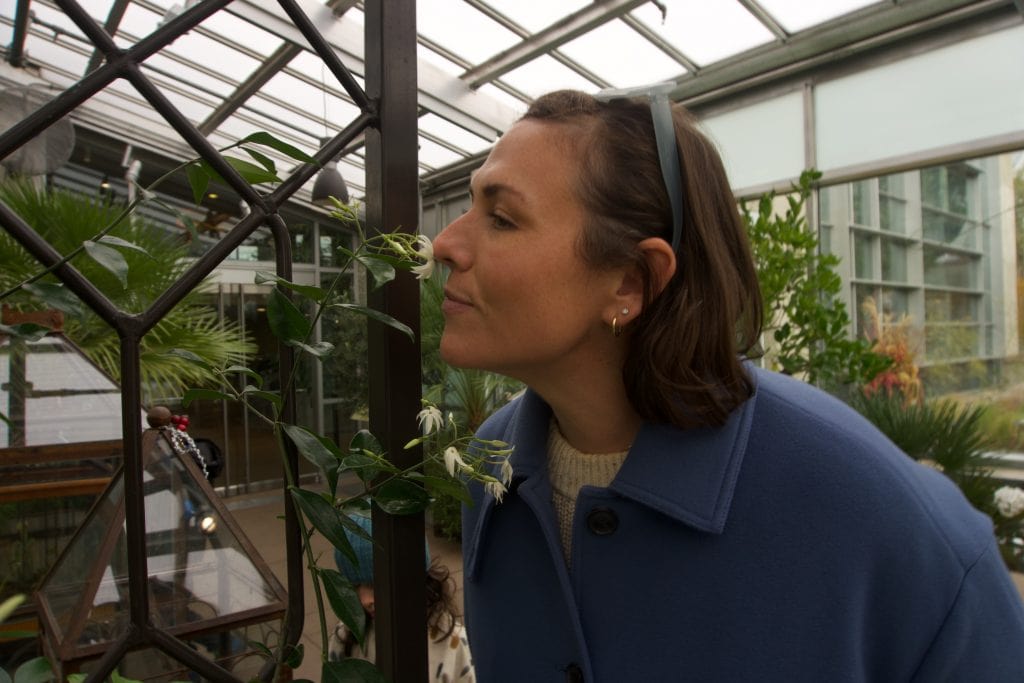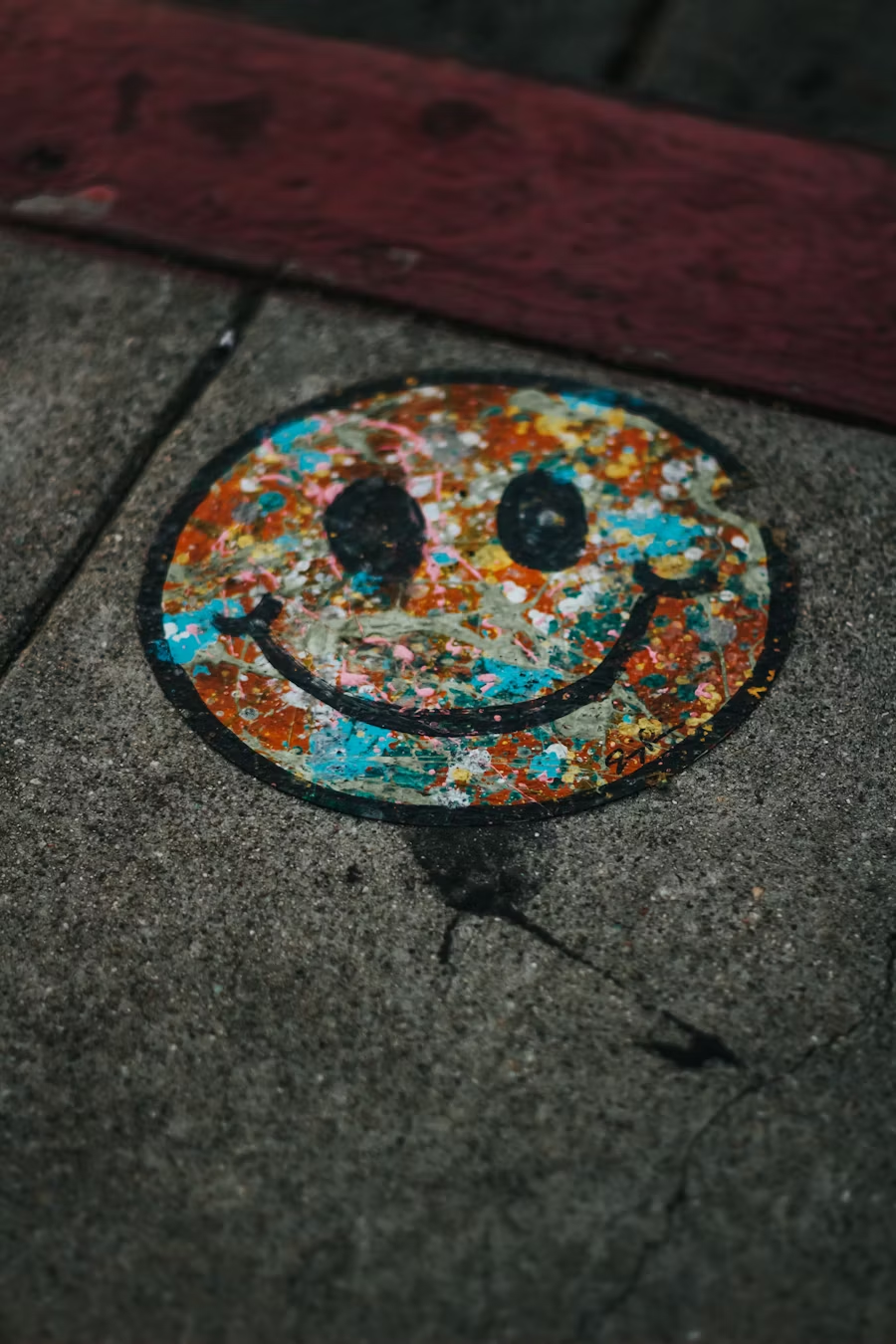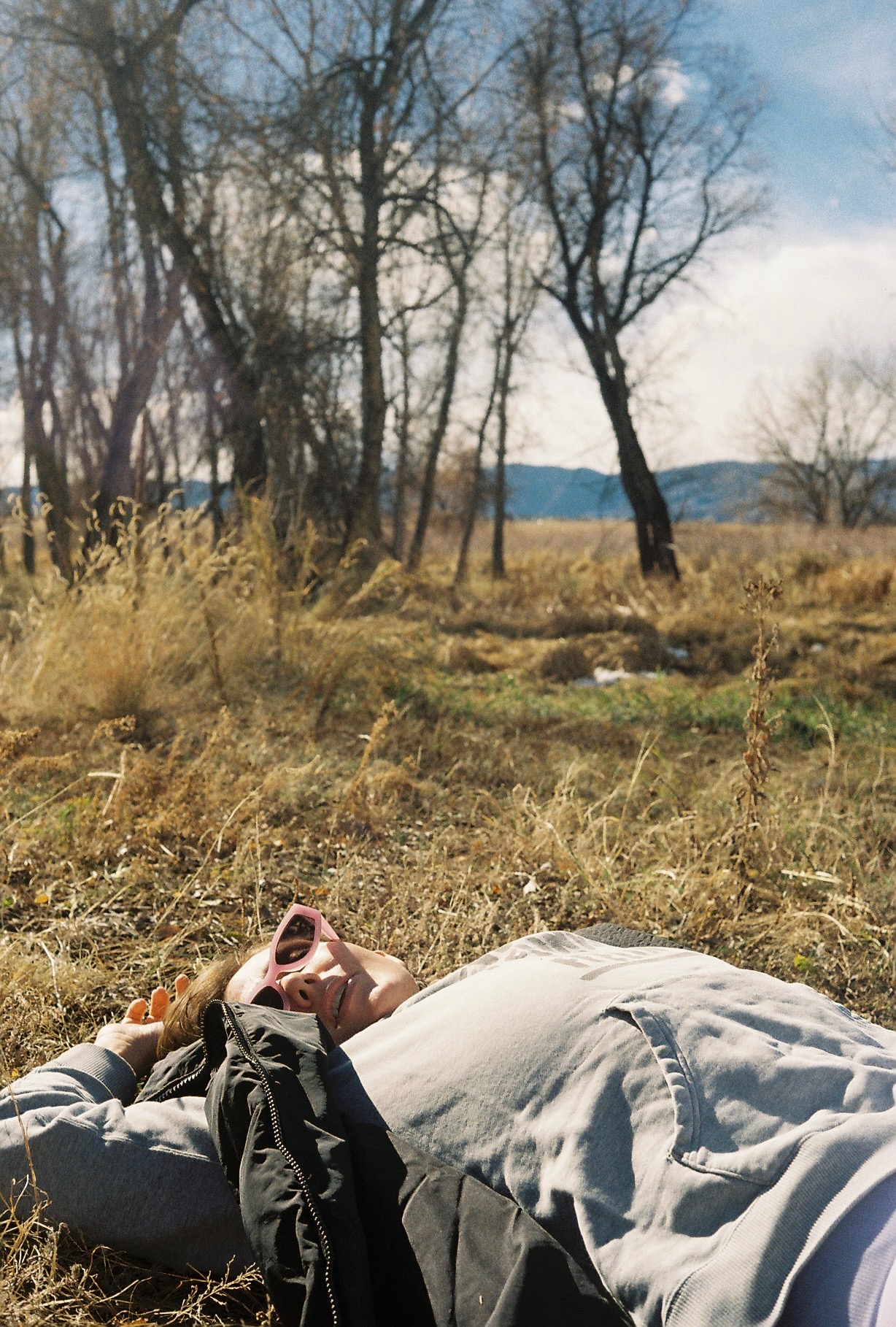My plan sophomore year of high school was to attend community college for god-knows-what, then transfer to god-knows-where. After Ellen died I found it tricky to feel motivated because all of a sudden I understood that actually we’re all dying and going to die and what is the point.
My principal (the same woman who paid for my math tutoring to ensure I’d graduate) printed up applications to the top three art schools in the country and told me I was applying to all of them. She would help make it happen.
I must’ve cared slightly more than I let off because a Google search informed me that The School of the Art Institute of Chicago (SAIC) was hosting some sort of “bring your portfolio and maybe you’ll get accepted on the spot!?” day in Santa Monica. I had two-ish weeks to prepare.
The thing is: I was already prepared, because art was my life. When I wasn’t cutting or swimming at the beach I was painting and drawing. My mom broke a lot of peace in our home, but one thing she did right was make sure I had art supplies. It saved me, I suppose.
I don’t remember who drove me to the school that hosted the event, but I remember trying to wiggle away from it. I remember wanting to throw up and run. It was the first time anyone besides my high school art teacher would see my work. And our class had less than twenty people.
SAIC is a world-renowned program. WTF am I doing here?? I walked into the room and presented my leather portfolio to a group of three people, I think. There were three sitting there, but I only remember one man’s face, so maybe it was just one critique-er? He was bald and had dark, circle-shaped glasses, the frames most people in the art world wear.
Shit this guy’s for real. I want to barf very badly.
He loved the pointillism piece.
“You’re in!” He smiled.
I shit my pants.
And a few months after that, I was unpacking my belongings in a dorm room apartment overlooking the red Chicago Theater sign.
The program was rigorous. My nervous system had no clue how to handle that kind of demand, no tools to manage stress well, no wise people on which I could depend to help escort me through the Hard to get to the Good. It was the first time I was out of the chaos of my home and away from the dysfunction of my family of origin. So I worked hard to create my own chaos, internal and external.
By the first summer I was thinking about transferring to the local community college. I resented the art establishment’s constant need for me to produce. What if I don’t feel inspired? You just want me to make art? Constantly? And then you want to critique that art? I believe I am too fragile for this. I would like to leave.
So convenient that I got cancer that summer and couldn’t go back. To this day I have no clue how long that tumor in my neck was there before I considered telling a doctor about it…
I’m getting to the point of all this, which is: I’m in a very similar spot right now. The accelerator program I’m in has deadlines and critiques and they want me to make my art when they want me to make my art, not necessarily when my art wants to be made.
I want to barf every week, just before signing into the Google chat with one of my editors. But every week, she likes it. She likes my dark humor and the way I talk about the outdoors.
When I wasn’t cutting or outside, I was making art.
I don’t cut anymore, just the occasional bag of chips; I am outdoors constantly. Pen and ink take up less of my time these days. Instead I use a keyboard to take what I see and make it (sort-of) 3-D.
I’ve been quiet here, most of the material and energy I’m diverting into GoodHardGood, due spring ’26. But this morning my editor suggested include y’all on the journey of this next creative endeavor.
Writing a book is much harder than I thought it would be, and sometimes I feel like barfing or running away. Then I pause and remember: I am prepared for this, art is my life. Thank you for being here. I’m very excited and very afraid and very ready and very human. I know you are, too.
Love, CM



